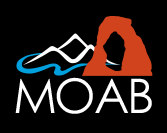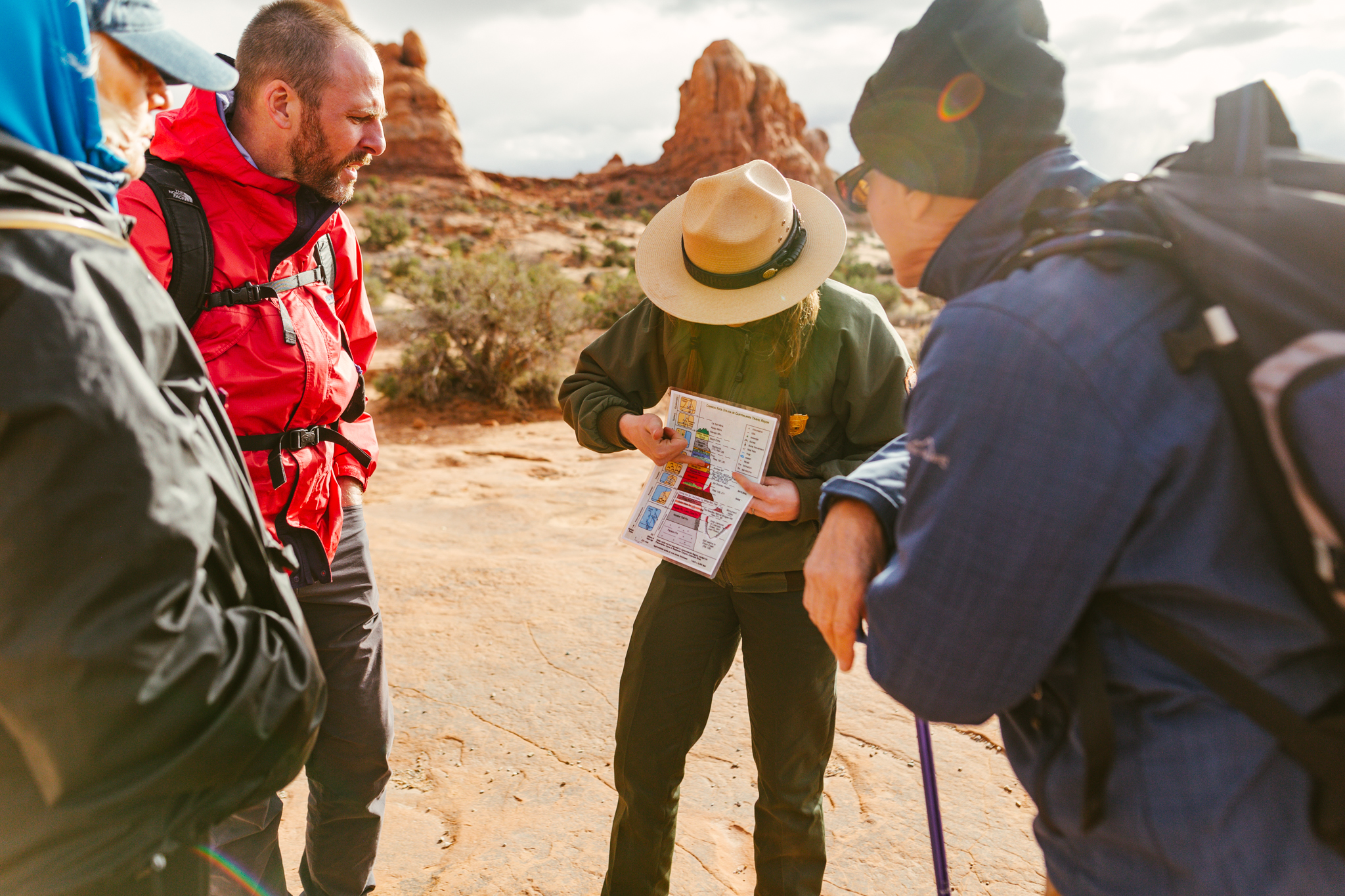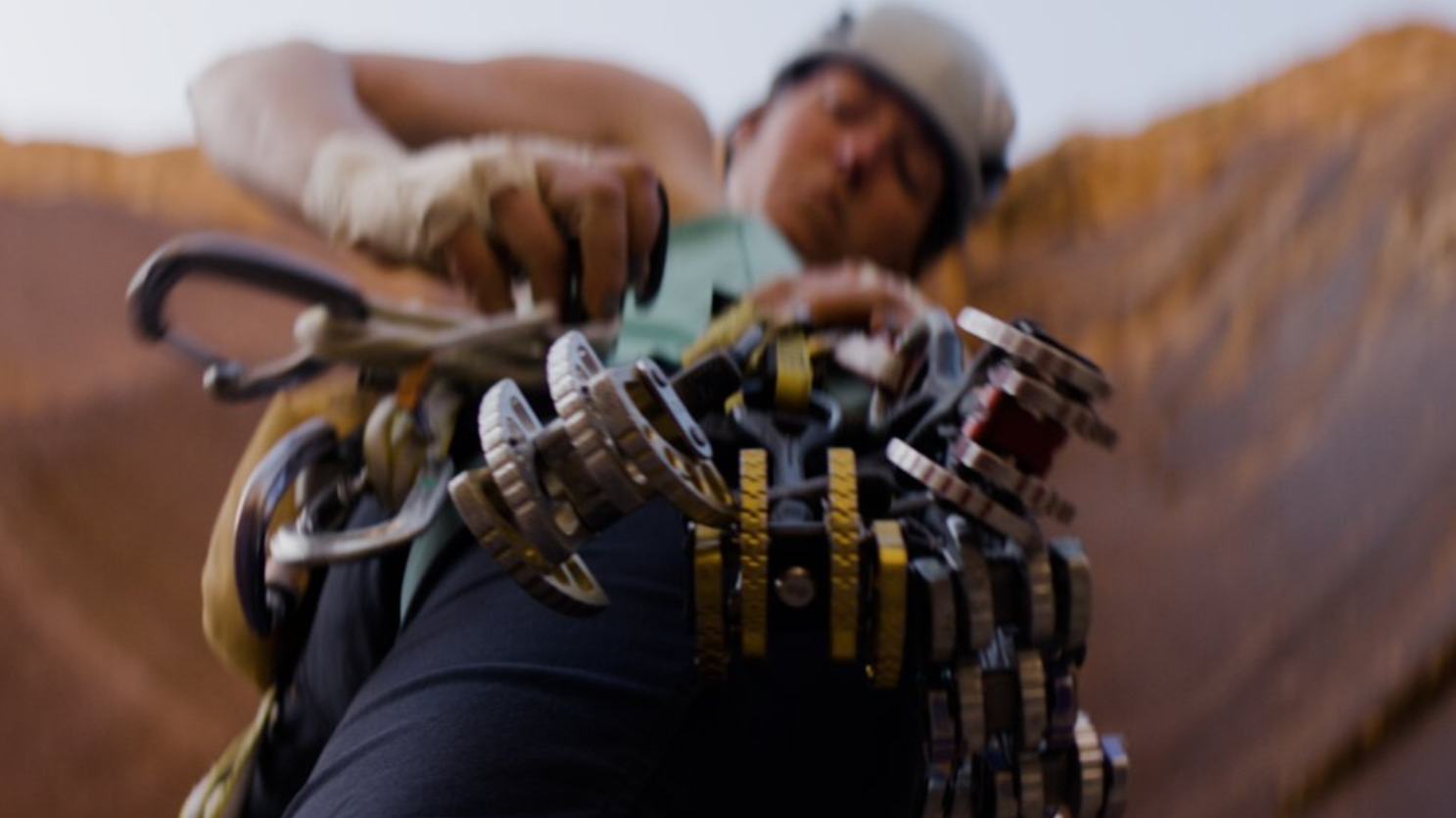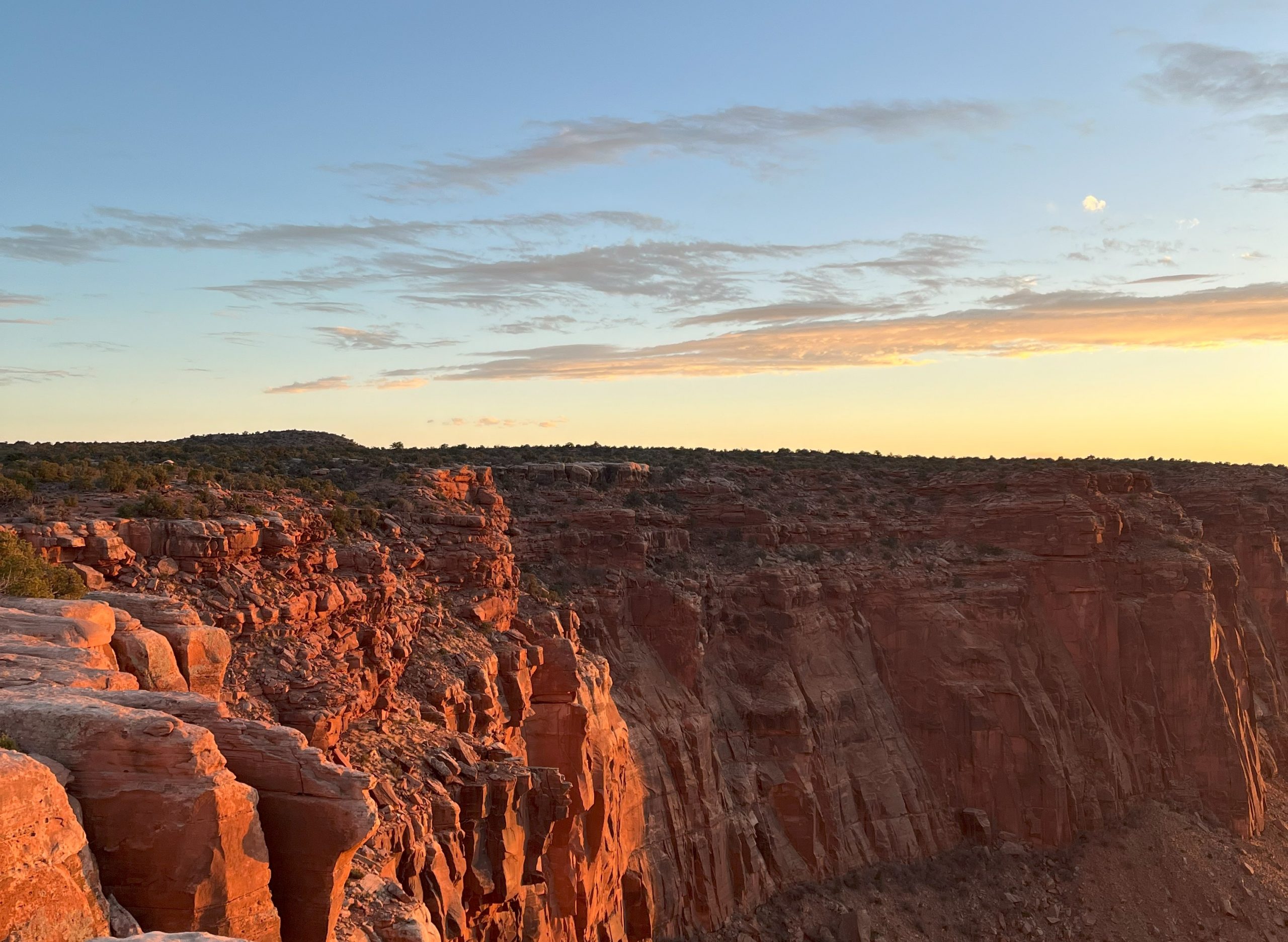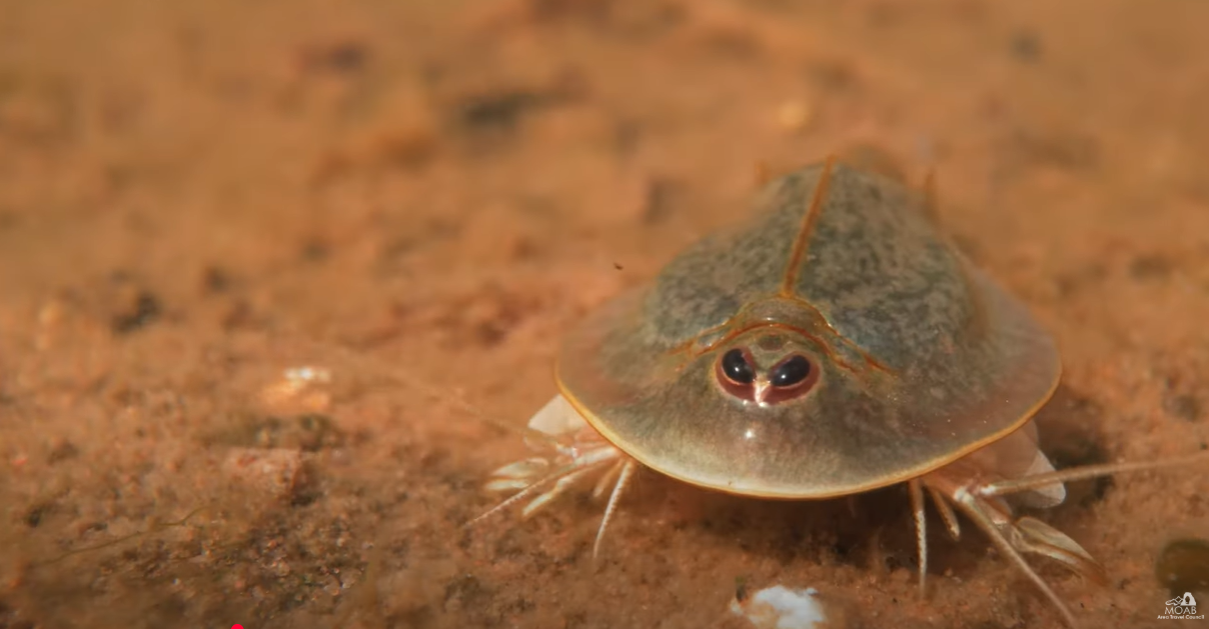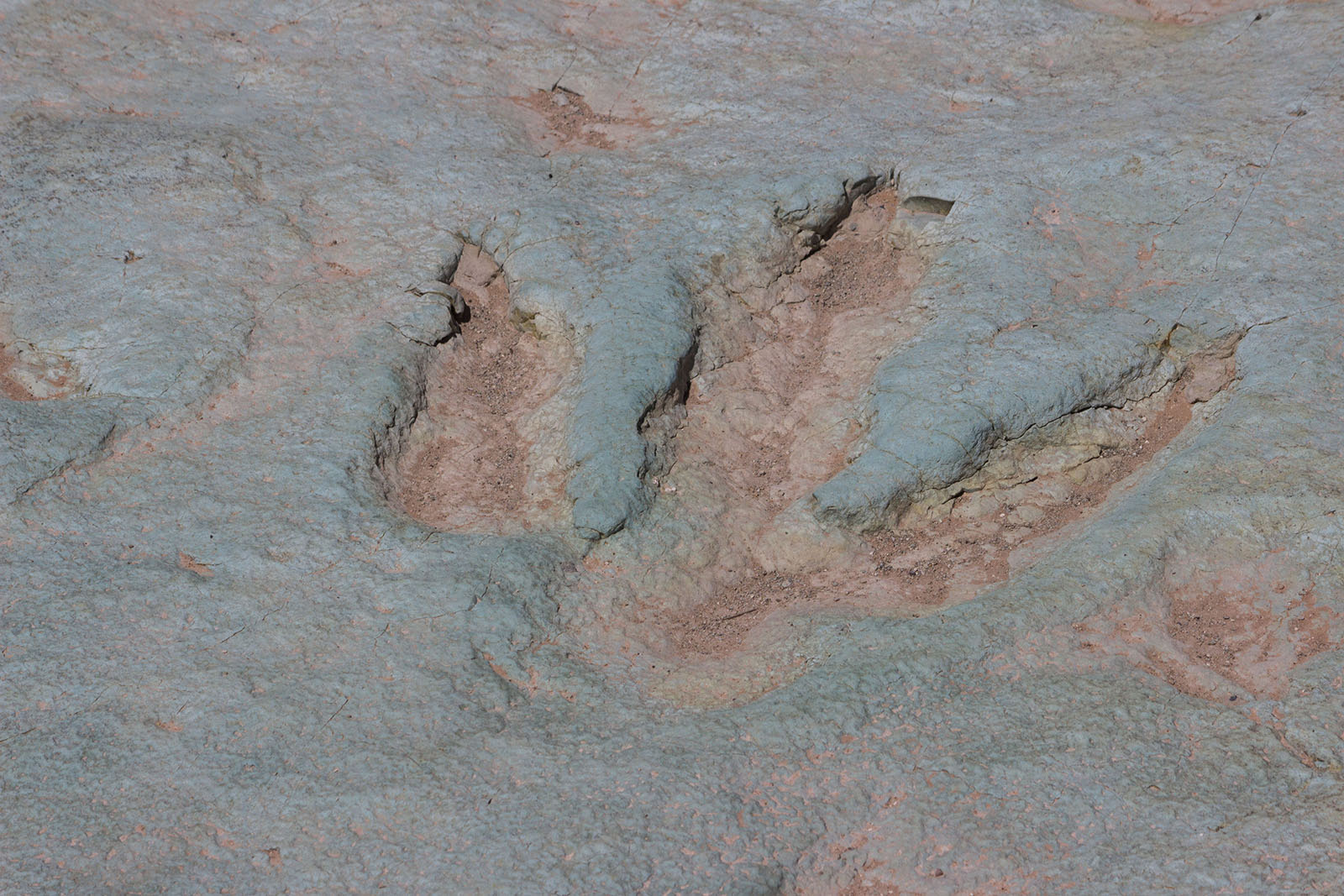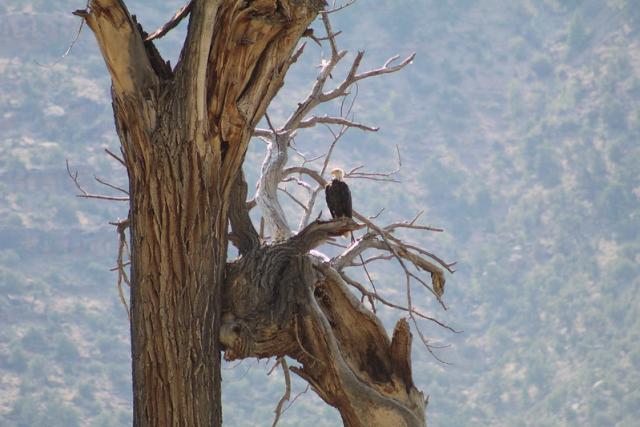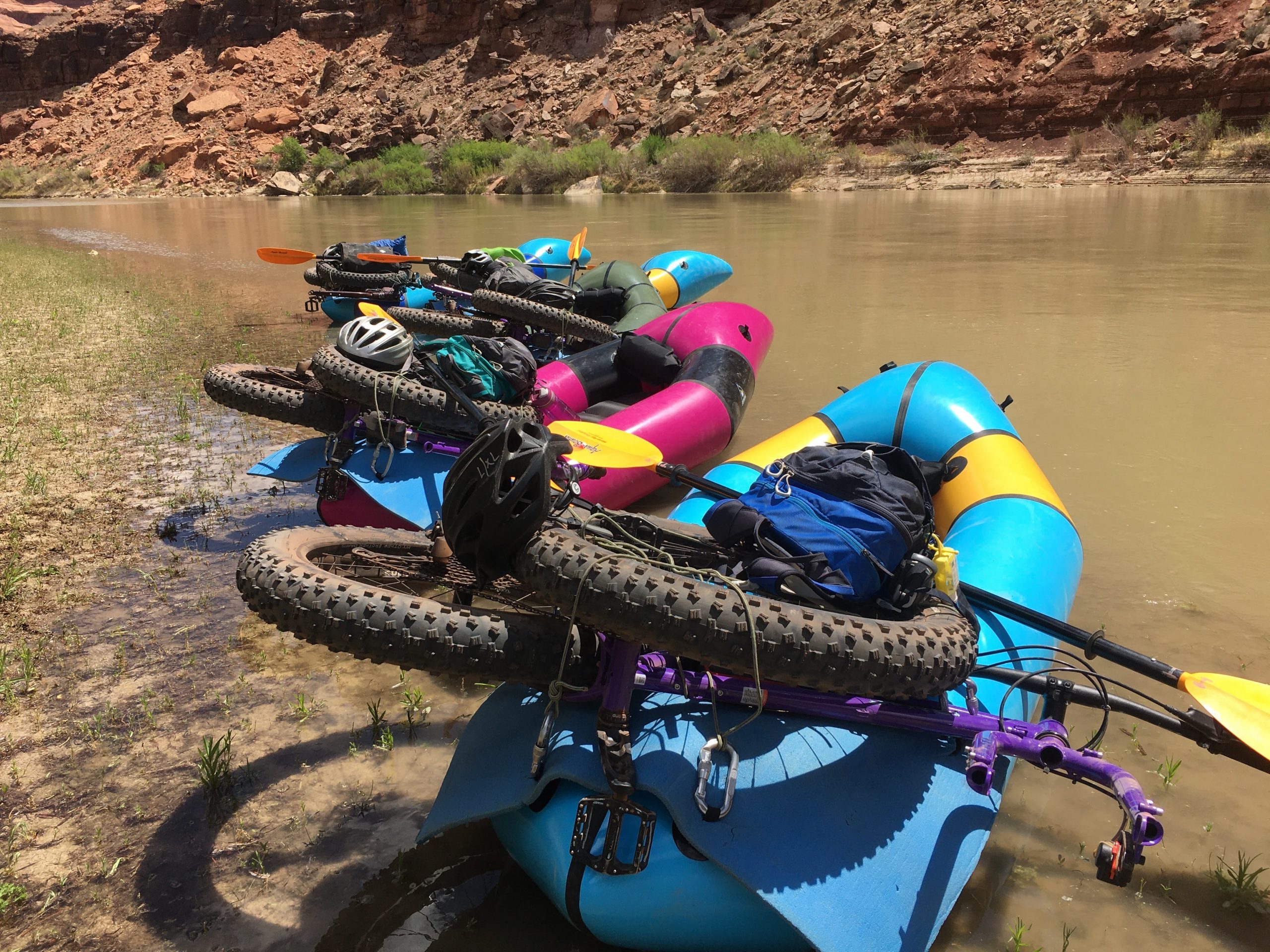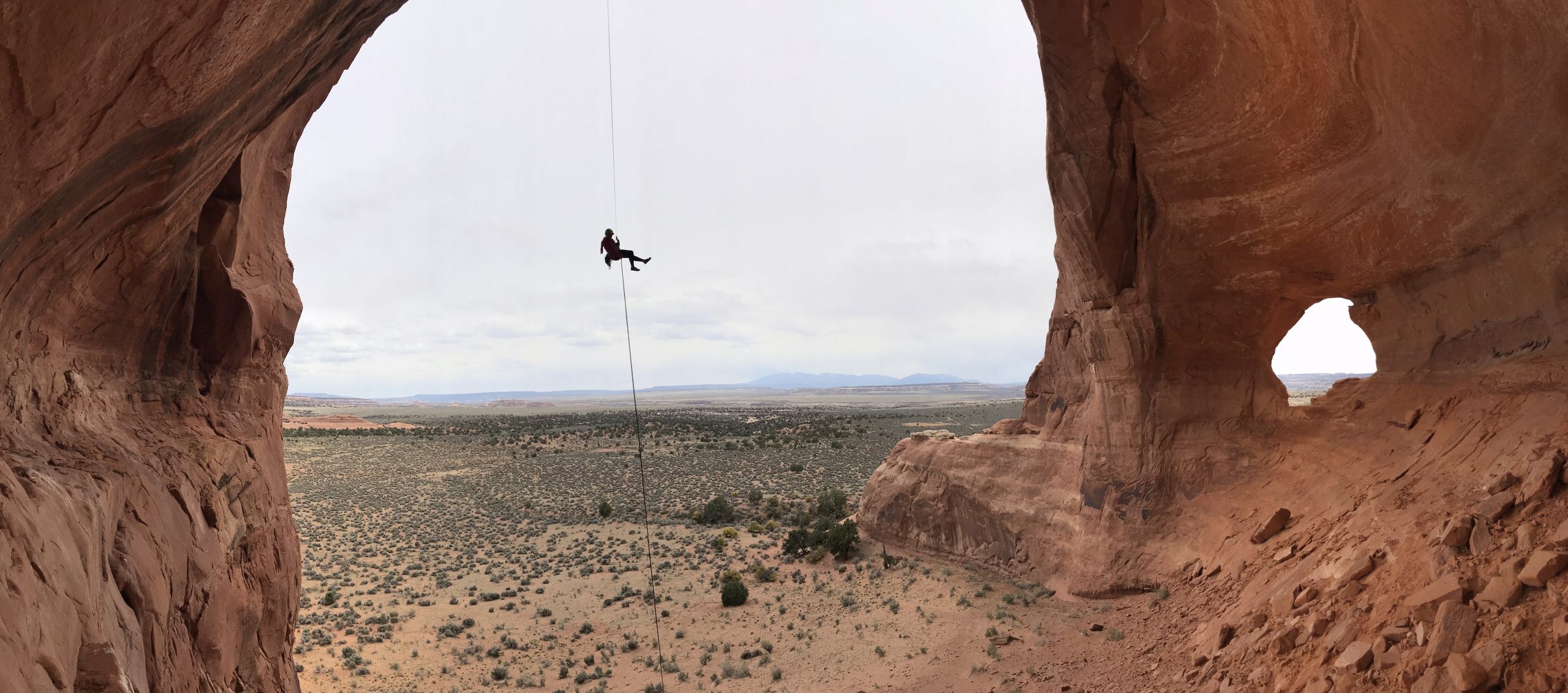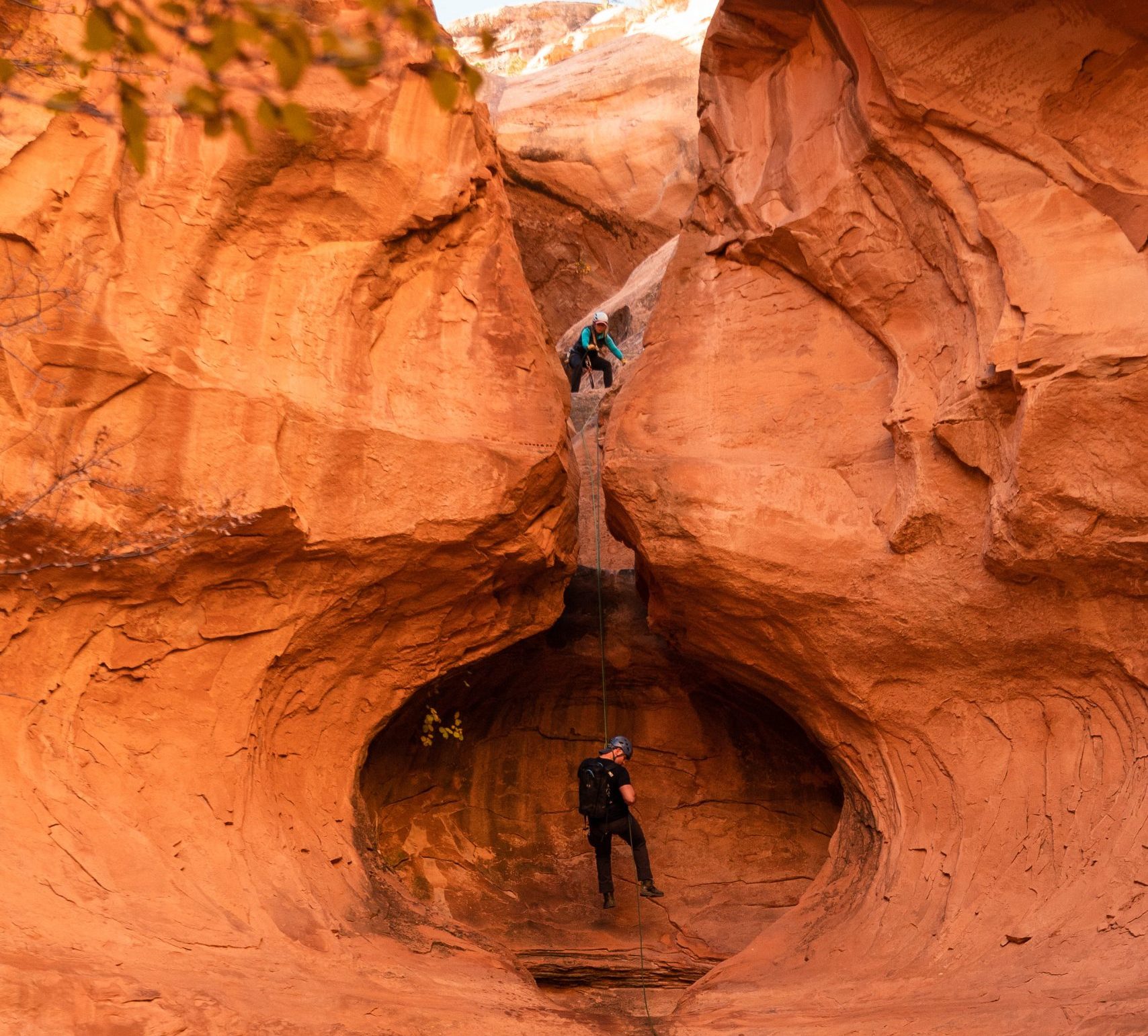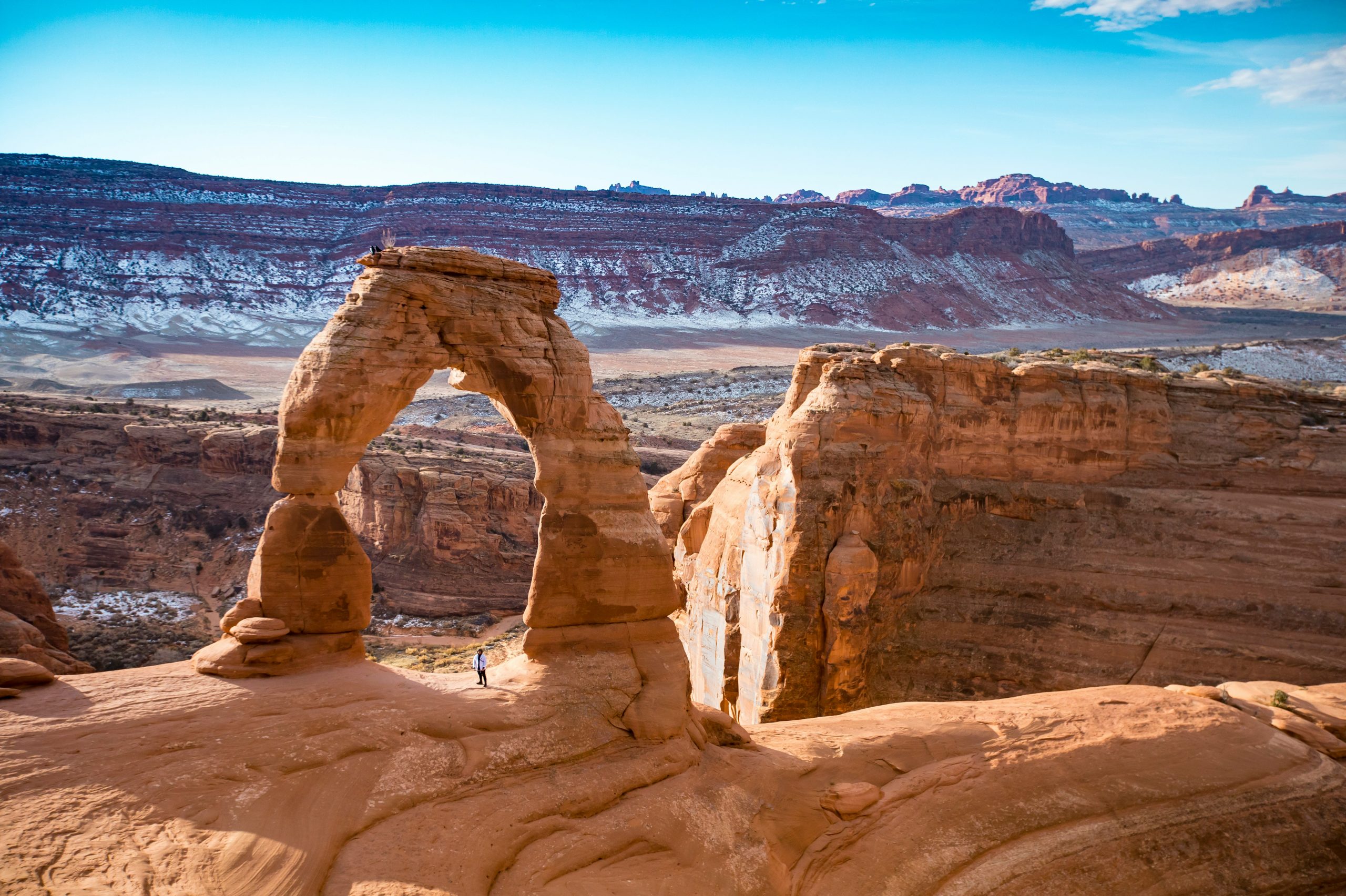Take it from a local Moabite: there’s no such thing as fun for everyone … unless you’re in Moab, Utah, a small town hub for outdoor adventures, tours, guided trips, National Parks, State Parks, natural and cultural history, dive-bar nightlife—do we really have to go on? Even us locals have a Moab bucketlist miles long. This list of 50 things to do in Moab, Utah, is in no way exhaustive, but will provide you with a good jumping off point as you plan your trip—or as you find yourself driving down Highway 191 toward the heart of town.
50 Things to do in Moab, Utah: written by a local
A few travel tips before we dive in! Moab is hot in the summer and cell service can be spotty outside of town. Bring lots of water and a lunch if you’re going on a day hike, and download your maps. This might be a hot take, but it’s worth booking a hotel room for access to the pool and hot tub (nothing better than soaking sore muscles at the end of a long day!).
–National and State Parks–
1. Arches National Park
We know you know this one. But
Arches truly is worth every second you spend in the park: the landscape is so utterly fascinating, so unlike anything you’ve seen before. Delicate Arch is popular for a reason. And if you’re up for it, the 8-mile Devils Garden Primitive Loop Trail is a great way to spend the day.
2. Canyonlands National Park
Did you know Canyonlands National Park is split into districts? It’s just that big. The two most accessible are the Island in the Sky and Needles districts; Island in the Sky is closer to Moab. If you’re visiting I-Sky, make sure you stop by Mesa Arch (again, popular for good reason), and Aztec Butte. If you’re heading down to the Needles District, stop at Newspaper Rock along the way to see hundreds of petroglyphs, and spend the rest of the day hiking out to Druid Arch.
3. Dead Horse State Park
A gorgeous drive and even more gorgeous overlook.
–Knock something off your bucketlist–
4. Book a rafting trip down The Daily
The Daily stretch of the Colorado River is a great beginner’s whitewater trip: the rapids range from class I-III, especially if the water is high (for high water, visit in May or June).
5. Rent mountain bikes and explore the Bar M trail system
Mountain biking is fun! Don’t be intimidated by the shredder content you see online: in my opinion, mountain biking is one of the most playful sports you can do. And if an obstacle is too big, just walk it—you’re not bikin’ till you’re hikin’, as they say. Bar M is a great place to start – take a few hours and try the Rusty Spur, Bar M loop, and Lazy-EZ trails.
6. Take on Hell’s Revenge
Hell’s Revenge is one of the most popular off-roading trails in the Moab area—and dare we say, the world? If you want to see this trail for yourself, you can chat with outfitters in town to rent vehicles for a self-guided experience, book a guided tour, or hop in a massive, open air Hummer to let a guide drive the trail for you.
7. Try rock climbing at Wall Street or the Cinema
Moab is a haven for rock climbers—and many of those climbers work as guides, offering tours to, literally, show visitors the ropes. Book an experience with a climbing outfitter to really get to know the Moab sandstone.
8. Get splashed through Westwater or Cataract canyons
If The Daily isn’t enough oomph for you, book a rafting trip down Westwater Canyon or Cataract Canyon to experience huge rapids (and huge thrills!).
9. Rappel into a slot canyon
If you’re scared of heights, this experience probably isn’t for you. But if you want to explore the hidden and hard-to-get-to sides of Moab’s landscape, book a canyoneering tour with a local outfitter.
10. Take a mini beach vacation at the Mill Creek Waterfall
Moab sits on an important piece of landscape within the Colorado River watershed—which is a fancy way of saying that we have multiple creeks that run from the La Sal mountains, through town, and into the Colorado River. The Mill Creek waterfall hike is one mile each way, and drops you at a lovely little swimming hole.
11. Camp at Oowah Lake in the La Sal Mountains
If it’s too hot in Moab, escape to the nearby mountains like the locals do. You can also fish in Oowah Lake, so bring a rod!
12. See Moab from the sky
It’s hard to understand just how vast this desert landscape is until you see it from above. Treat yourself to an air tour on an airplane or helicopter to get a new perspective on the canyons you’ve explored from the ground!
13. Live our your cowboy dreams
Horseback riding is another popular way to change your perspective on the Moab landscape.
14. Go “set-jetting” around landscapes featured in Western films
Did you know the Moab to Monument Valley Film Commission is one of the oldest in the world? Head out Highway 128 and you’ll recognize the landscape featured in movies like Wagon Master (1950) and Horizon: An American Saga (2024).
15. Take a night hike
Moab is a certified dark sky community – and is surrounded by the official Dark Sky Parks of Arches National Park, Canyonlands National Park, and Dead Horse Point State Park. Book an astronomy tour to explore the stars with a local expert, attend a star party at a nearby park, or just wait until darkness falls to see some of the best stars in the world.
16. See dinosaur tracks
The Mill Canyon Dinosaur Tracksite boasts tracks of eight different dinosaurs who stomped across this patch of land when Utah was part of a vast inland sea in the Jurassic period. Well-written interpretive signs help tell the story of the dinosaurs, and a boardwalk allows visitors to explore every track.
17. Drive the Upper Colorado River scenic byway
If you’ve never driven Highway 128, you’re in for a real treat. The 44-mile stretch of road takes visitors from the town of Moab along the Colorado River, passing by Castle Valley and the Fisher Towers. You’ll watch the landscape open up and morph as you wind your way to the end of the scenic byway at Dewey Bridge.
18. See petroglyphs
There’s something really special about petroglyphs: about looking at stories carved into sandstone thousands of years ago. Easily accessible sites include a site along Potash Road and the Birthing Scene petroglyph off of Kane Creek road.
19. Take an adrenaline-filled leap
Soar through the skies by leaping from a plane – or cliff! In Moab, you can book a skydiving experience, a BASE jump off a cliff, or swing off the world’s largest rope swing.
20. Go on a scenic tour
Let a local expert take the wheel to guide you through all of the must-see sights in Moab.
–Explore the landscape on must-do trails–
21. Corona Arch Trail
This arch is massive – 140 by 105 foot opening! – and the hike is fun, with a section that requires visitors to use a ladder and safety cable.
22. Fisher Towers Trail
The Fisher Towers are composed on Moenkopi and Cutler sandstones that have eroded into fantastical shapes! Allow four hours if you’d like to do the whole trail.
23. Grandstaff Canyon Trail
The Grandstaff Canyon trail leads to the magical Morning Glory Natural Bridge, winding along a creek to do so. Look out for poison ivy!
24. Hidden Valley Trail
Ascend a steep incline to find hidden valley, a valley tucked on top of the Moab Rim. This is an out and back trail – scamper along the valley for as long as you feel like it.
25. Juniper Trail
The Juniper Trail is a small loop located within the Sand Flats Recreation Area that leads visitors on a scavenger hunt looking for native flora and fauna.
26. Longbow Arch
A fun little trail located at the Poison Spider parking area that leads to the 60 foot Longbow Arch.
27. Moab Rim
Want to see sweeping views of Moab and the Colorado River? Hike up the Moab Rim Trail! This trail is tough – it’s pretty steep – but the views are worth it.
28. Amphitheater Loop
A 3 mile loop starting at the Hittle Bottom campground on Hwy 128 that requires a small gully scramble.
29. Dellenbaugh Tunnel
This trail leads to a long, tunnel-like arch.
30. Hunter Canyon
Hunter Canyon is a lovely walk: the canyon stretches for 2 miles before reaching the end. Look for the large arch on the right-hand side of the canyon about half a mile from the trailhead.
–In town–
31. Learn local history
Visits to the Moab Museum and Moab Giants are always worth it: we guarantee you’ll learn something new and surprising! Look out for special events and programs hosted by the Moab Museum, too.
32. Attend an arts or music festival
The shoulder seasons boast a number of cultural events, including the Moab Folk Festival, Moab Music Festival, Red Rock Arts Festival, and Moab Arts Festival.
33. Grab a milkshake at Moab’s oldest restaurant
Today, Milt’s Stop and Eat is just as popular as it was when it first opened in 1954. Grab a classic milkshake, fries, and a burger – and know that Milt’s sources as many ingredients as they can from local food producers!
34. Cap off your night with a visit to Moab’s dive bar
Locals will laugh that I’m including Woody’s Tavern on this list. Moab doesn’t have a ton of nightlife – it’s hard to get a liquor license in Utah – but Woody’s is always fun, and on the weekends often hosts local bands to play live music.
35. Peruse local art
Moab is an artistic haven – you can’t help but to be inspired here. Visit Moab Made and Gallery Moab to buy souvenirs and art made by only local artists.
36. Find something for everyone at the Moab Food Truck Park
You’re coming back into town from a morning hike, searching for lunch, but no one can agree where to go? The Moab Food Truck Park is home to individually owned and operated food trucks, offering a wide range of food, and a centralized place to eat.
37. Customize your Moab swag at the T-Shirt Shop
Print customized designs, ranging from silly to artistic, on any color t-shirt, sweatshirt, tanktop, long sleeve, hat, you name it.
38. Try a “dirty soda”
The dirty soda is a Utah-born beverage trend: it’s a soda base spiked with add-ins like cream, syrups, and fruit juices. Lops Pop Stop is our local dirty soda shop – get the Moab On the Rocks (Coke, cherry syrup, coconut milk, lime juice) and pretzel bites.
39. Read books by local authors
Back of Beyond Bookstore, which is independently and locally-owned, specializes in natural history and regional titles of the Colorado Plateau. But they also boast an impressive collection of popular fiction and rare acquisitions.
–Hidden Gems–
40. Swim at Ken’s Lake
Take a rest – spend a day at Ken’s Lake, a small, man-made lake just south of Moab. The lake allows dogs, fishing, and watercrafts. There’s also a campsite nearby!
41. Spend the day at Warner Lake
If Moab is too toasty, head into the La Sal Mountains. While camping near Oowah is a must, like we mentioned, a day spent at Warner Lake – fishing and exploring the nearby sections of the Whole Enchilada Trail – is never wasted.
42. Mountain bike the Raptor Route
The Raptor Route is a set of trails within the Sand Flats Recreation Area that provide an alternate exit to the Whole Enchilada trail – but are also just a ton of fun to do by themselves. Do the whole thing – Eagle Eye to Kestrel Run – or just try Falcon Flow if you’re looking for a fun, flowy, blue-black mountain bike trail.
43. Listen to live bluegrass music or catch a magic show at the Backyard Theater
The Backyard Theater is truly a Moab gem – a little stage tucked behind Zax restaurant, the Backyard Theater hosts free bluegrass music every Wednesday, Thursday, and Friday night, and a magic show on Saturdays ($10). Bring a picnic dinner – outside food and drink are welcome – and utilize the dance floor.
44. Challenge yourself to run a race
Moab is home to tons of running races at a variety of distances, from 5Ks to the legendary Moab 240. There’s no better place to run a half marathon than on Moab trails.
45. Thrift your new favorite shirt
Moab has excellent thrift stores, including WabiSabi, Underdog Thrift Store, Moab Gear Trader, and Radium Alley Thriftique.
46. Drink from a natural spring
The legend around Matrimony Springs – a natural spring located on Highway 128 – is that if you drink the water, you’ll never leave Moab.
47. Sled the sand dune
The giant sand dune located on the other side of the highway from the entrance gate to Arches National Park is hard to miss. Bring a sled, or just walk up and roll down the dune – and see if you can make the trek up to the very top!
48. Play in a park
The Moab landscape is its own playground – but if you need a place for kids to run around, head to Rotary Park (which has a playground, volleyball net, basketball court, gazebo, and musical structures that kids and adults will have a blast experimenting with) or Lions Park (which is home to a playground and bouldering structures).
49. Get hands-on with local geology – and take it home
In 1960, Lin Ottinger – a uranium miner turned tour guide – opened the Moab Rock Shop, a treasure trove of rocks, minerals, and fossils. Many of Ottinger’s discoveries have been donated to museums and universities, but others are hosted in the rock shop!
50. Fall in love with a Moab local and never leave
Only slightly joking.
